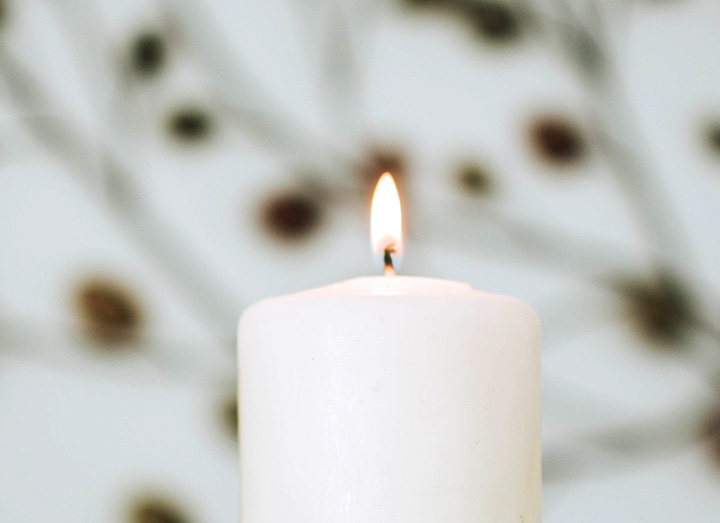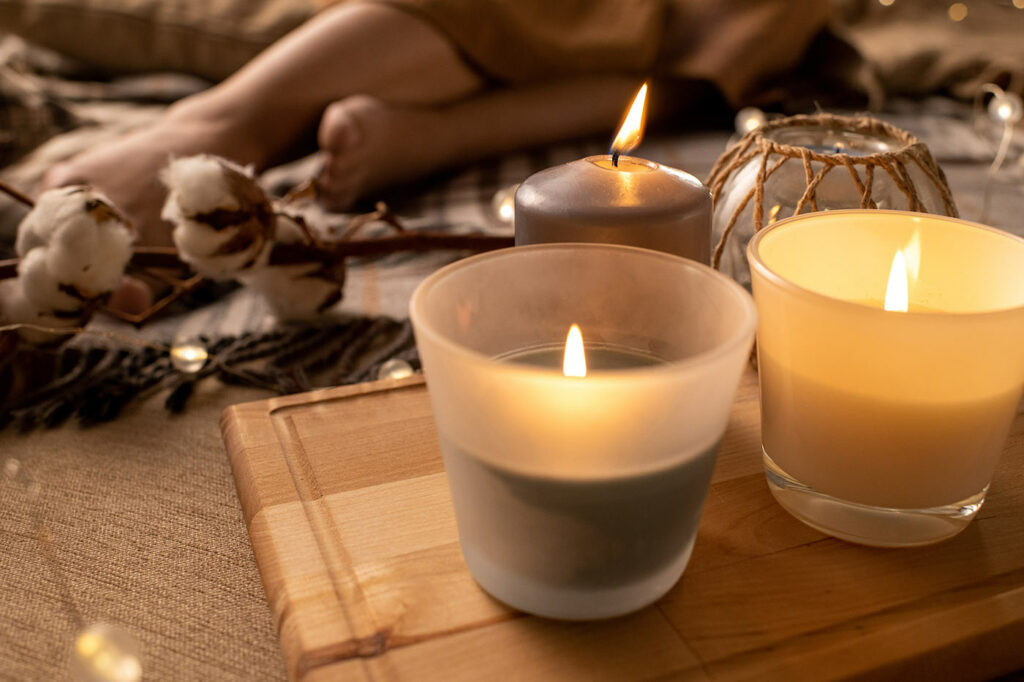How to Make Candles, Candlemaking Instructions, and Product Recommendations

Candle Making for Beginners
 Welcome to Candle Making for Beginners. It’s the section of our website dedicated to helping new candle makers understand the products and processes required to make candles.
Welcome to Candle Making for Beginners. It’s the section of our website dedicated to helping new candle makers understand the products and processes required to make candles.
If you just want to make candles as a craft project, this section can help you too. Just select one of the candle making kits, follow the instructions and you’ll be on your way to making unique candles for your craft project. The kits are a great way to learn to make candles. They also make great gifts.
IMPORTANT: Because this section is designed for beginners, it does not include all of the various methods that can be used to make candles. We have deliberately simplified the processes to help people get started. For more detailed information and instructions about our products, please browse our candlemaking supplies pages.
Need Advice? Just fill out the Ask Chandler form, and I’ll get back to you as soon as I can.
The Legend of Chandler
Chandler is Candlewic’s Mascot, but do you know how he became a friend to the candle making community and Candlewic’s most senior employee? Many of you may recognize Chandler from boxes used for shipping merchandise or seeing his picture on letterhead or in catalogs. Chandler now has a new assignment. Promoted to Assistant for Candle Making Education or ASCME, Chandler will be a guide and resource primarily for those new to candle making as well as those candle makers who may need help from time to time.
Chandler’s involvement in candle making dates back to the early seventies when the founders of Candlewic, Betty and Bill Binder, were traveling in California. Attending an art show, they met an unknown artist and cartoonist named Charles Schultz who had more than he could handle with a dog and a bunch of kids. Mr. Schultz suggested to Betty and Bill that they hire Chandler. After giving the suggestion some thought, Betty and Bill agreed knowing they would need help with their new company, Candlewic. Of course it was good for Mr. Schultz also, because it would free up his time so he could pay more attention to his dog and kids. Chandler wants to hear from you via email. He can be reached at [email protected]. Please write: Attn: Chandler in the subject line. Please, no phone calls.


Hi, I’m not able to get a strong HT with my candles. I’m using IGI 6006 paraffin/soy wax blend and am using fragrance oils for candles. My container is 8cm in diameter, it hold 9oz of wax. I roughly use the formula 1oz of fragrance for each pound of wax. I’m using the HTP wicks as well which seem to be a good size, but I could wick down. I pour the fragrance into the wax at 185 F and then pour the wax into my container at 140F. Any higher pour undoes the wick secured on the jar.
Do you have any suggestions?
The 1 ounce is a good starting point but you may want to consider using a bit more especially when using a blend that contains soy. Soy can impact the fragrance throw a bit. I would also suggest adding the fragrance at a lower temperature possibly closer to your pouring temperature. (Maybe 10F above and when you add it will cause the temperature to drop.
I am having trouble getting my candles to come out white they come out mottled. I am using paraffin wax and 10% of stearic acid as a hardener . The mould is an aluminum tube about 900mm long
Adding a small percentage of vybar 103 is the best way to stop any wax from mottling.
What wicks do you recommend for Mold candles and what are the differences?
We always recommend the flat braided wicks when using paraffin wax and the square braided when making beeswax.
Have dough bowls for candles – 5″ x 9″. Want to use two – or three wicks. Thinking of CBL 125 for wax. What would you recommend for wicks? Thanks.
Or is there a different wax I should be using? So many choices!!!
Each of the waxes will offer different properties to the finished candle. If you email us at [email protected] with some of the properties you want in the candle we can certainly make some recommendations on the waxes to use.
Would recommend using the RRD series. Would recommend only starting with 2 wicks and something small like the RRD-29 or RRD-34 how they are spaced and how the candle is burned will determine which one is going to be better. Wick sizing is always the biggest challenge to making candles. The type and melt point of the wax you are using, the diameter of the finished candle and even the color/fragrance can be a variable in determining the proper wick. Using the proper wick will reduce the smoking, sooting and other negative properties of the candle burning. The chart below can serve as a starting point to determine which wick will work properly in your application.
https://candlewic.com/candle-wicks-explained/
In addition the article in our Newsletter can also help you choose the proper wick.
https://candlewic.com/candle-making-newsletter/0211.asp
Does anyone know the fragrance percentage? I’m usually going with 6% some are saying 8-10% I can’t find anything on website or on the fragrance descriptions for this brand.
Any of them can work but will depend on the wax you might be using. Some waxes are not able to hold 10% fragrance. The 6% is a good starting point to start the testing.
I am having trouble with frost on my blended candles. I am using soy-125 and CBL-125. I am using 30% CBL-125 and 70% Soy-125. My fragrance oil is no more than 8% and I add the FO at 160 and pour at 145. I am having frosting issues, but the scent throw is good. What do you recommend I change to get rid of the frosting issues?
Thanks
Athena
I make soy candles in various size leftover jars, from small glass yogurt containers to jelly jars, to 16 oz jars. I prefer to use stabilized wicks. At times I do add dye or scents. I’ve had a difficult time figuring out which wicks to purchase from the product descriptions, & when I follow the links above I only see rolls. I imagine I’ll need more than one kind. Is there a particular wick that works well for multiple size applications? Thank you.